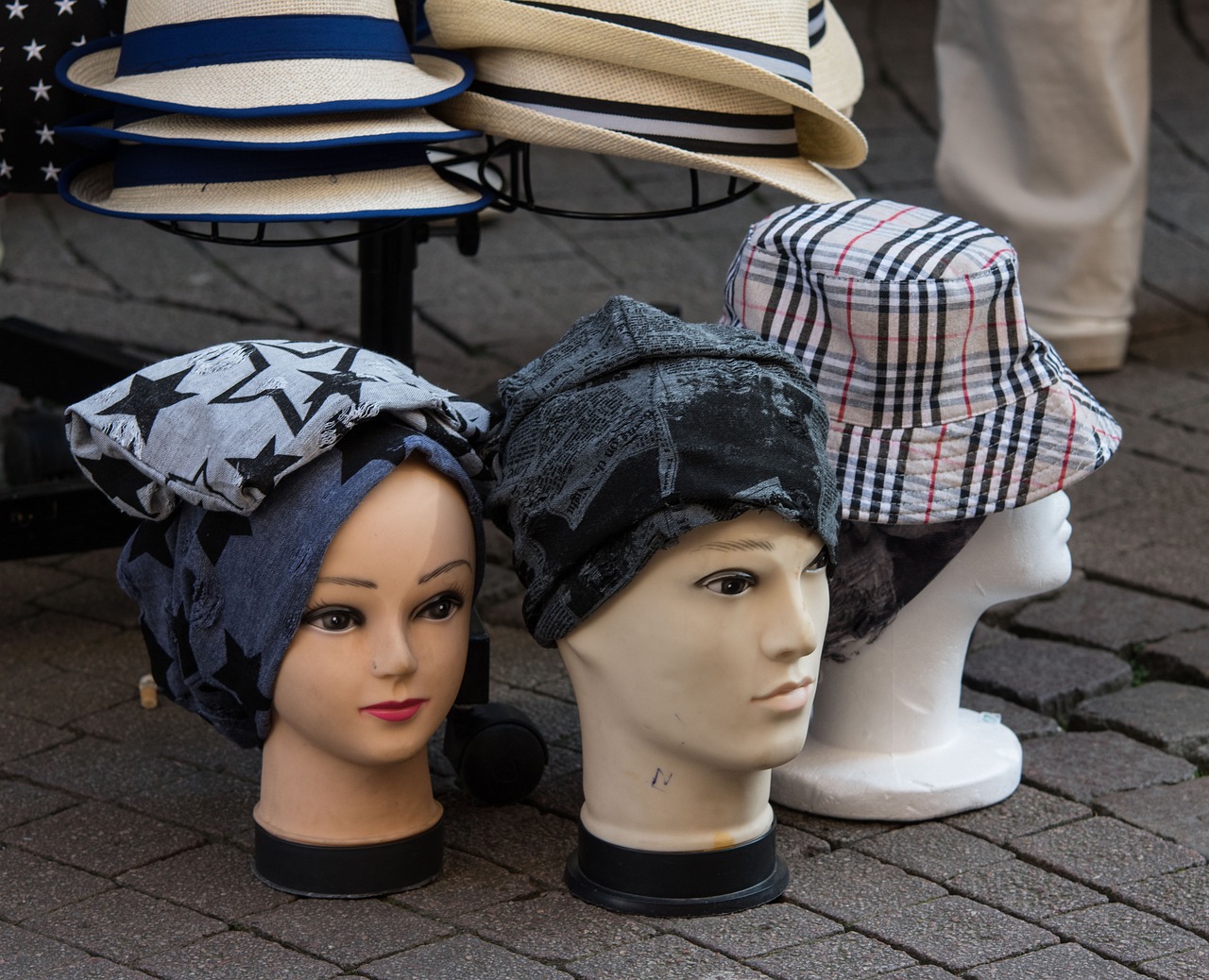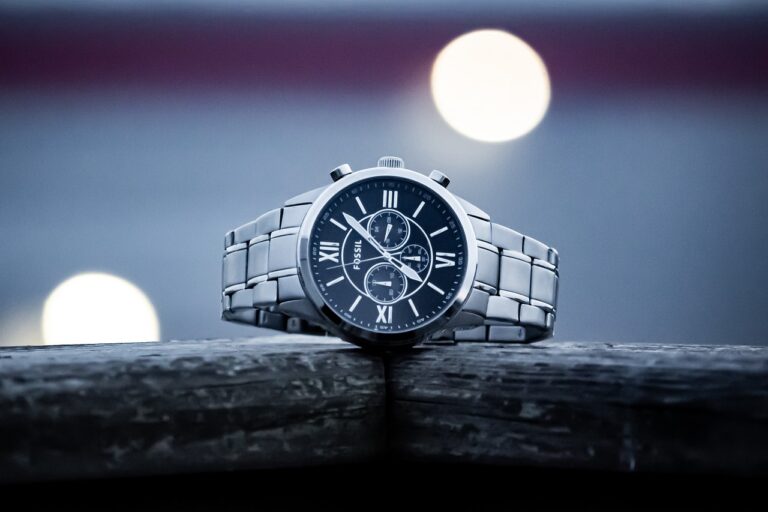Fashion Event Safety and Security Measures: Prioritizing Attendee Well-Being Through Comprehensive Planning: World7 id, Mahadev betting login, Silver 777 login
world7 id, mahadev betting login, silver 777 login: Fashion events are exciting and glamorous occasions that bring together designers, models, celebrities, and fashion enthusiasts from around the world. While these events are known for showcasing the latest trends and designs, it’s essential to prioritize the safety and security of attendees to ensure a successful and enjoyable experience for all.
Planning a fashion event involves meticulous attention to detail, from selecting the venue and coordinating logistics to inviting guests and managing the production. However, one aspect that must not be overlooked is the implementation of comprehensive safety and security measures. By taking proactive steps to address potential risks and hazards, event organizers can create a safe and secure environment that allows attendees to focus on enjoying the show.
Here are some key considerations for fashion event safety and security measures:
1. Venue Selection:
Choosing the right venue is crucial for ensuring the safety and security of attendees. Consider factors such as the location, accessibility, capacity, and layout of the venue. Make sure that the venue meets all safety standards and regulations, including fire codes and emergency exits.
2. Crowd Control:
Crowd control is essential for managing large gatherings and preventing accidents or incidents. Implement measures such as designated entry and exit points, ticketing systems, and security personnel to manage the flow of attendees and maintain order.
3. Security Personnel:
Hiring trained security personnel is essential for maintaining a safe and secure environment. Security staff should be well-equipped to handle emergencies, assist attendees, and address any security threats that may arise. Consider working with a reputable security company to ensure that your event is adequately protected.
4. Emergency Response Plan:
Developing an emergency response plan is crucial for addressing potential threats or incidents during the event. Create a detailed plan that outlines procedures for evacuations, medical emergencies, and other crisis situations. Make sure that all staff and security personnel are trained on the emergency response plan.
5. Bag Checks and Metal Detectors:
Implementing bag checks and metal detectors can help prevent unauthorized items from entering the event venue. Conducting thorough screenings of attendees and their belongings can deter individuals from bringing in weapons or other prohibited items.
6. Communication Systems:
Establishing effective communication systems is essential for coordinating security efforts and responding to emergencies. Use radios, smartphones, or other communication devices to ensure that staff can quickly communicate with each other in case of an incident.
7. Alcohol and Substance Abuse Policies:
Enforcing strict alcohol and substance abuse policies can help prevent unruly behavior and ensure the safety of attendees. Consider implementing measures such as alcohol restrictions, designated driver programs, and drug testing for staff members.
8. Medical Assistance:
Providing access to medical assistance is crucial for addressing health emergencies that may occur during the event. Have trained medical personnel on-site and ensure that attendees know how to seek help in case of an injury or illness.
9. Safe Transportation Options:
Encouraging attendees to use safe transportation options, such as designated driver services or public transportation, can help prevent accidents related to drunk driving. Provide information on transportation options and locations of nearby taxi stands or public transit stops.
10. Post-Event Security:
After the event concludes, continue to prioritize the safety and security of attendees as they leave the venue. Implement measures such as crowd control, traffic management, and security escorts to ensure that attendees can safely exit the event.
By prioritizing attendee well-being through comprehensive planning and implementation of safety and security measures, fashion event organizers can create a safe and enjoyable experience for all. Remember that the safety of attendees should always be the top priority, and by taking proactive steps to address potential risks and hazards, you can ensure a successful and memorable fashion event.
—
**FAQs:**
1. How far in advance should safety and security measures be planned for a fashion event?
It is recommended to start planning safety and security measures for a fashion event as early as possible. Ideally, organizers should begin developing a comprehensive safety plan at least several months before the event date to allow for proper coordination and implementation.
2. What are some common security threats that fashion events may face?
Fashion events may face security threats such as unauthorized entry, theft, violence, protests, and even terrorism. By conducting a thorough risk assessment and implementing appropriate security measures, organizers can mitigate these threats and ensure the safety of attendees.
3. How can attendees report security concerns during a fashion event?
Attendees should be provided with a clear and accessible way to report security concerns during a fashion event. This can include contacting security personnel, using dedicated emergency hotlines, or accessing on-site help desks. Organizers should also encourage attendees to report any suspicious behavior or incidents immediately.
4. Are there specific safety regulations that fashion event organizers need to comply with?
Fashion event organizers must comply with various safety regulations and standards to ensure the well-being of attendees. This may include fire safety codes, building occupancy limits, emergency evacuation procedures, and health and sanitation requirements. It is essential to familiarize yourself with local regulations and work with relevant authorities to ensure compliance.







